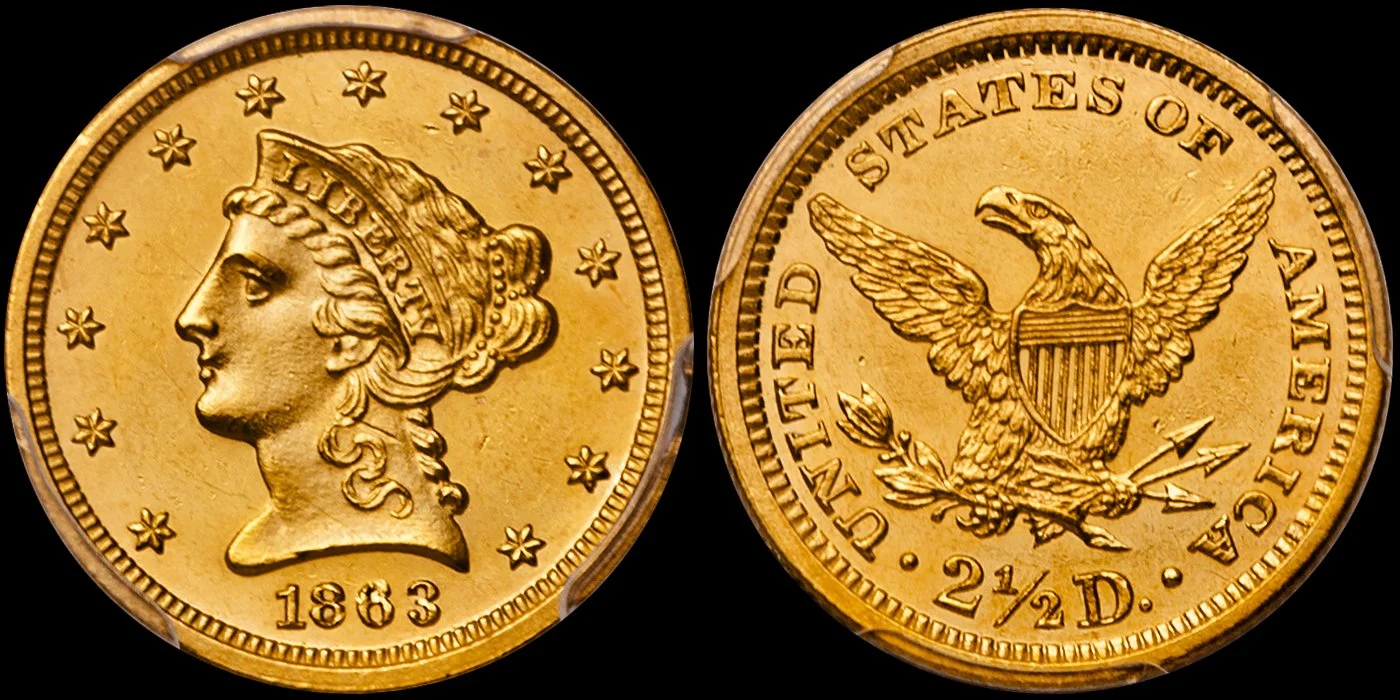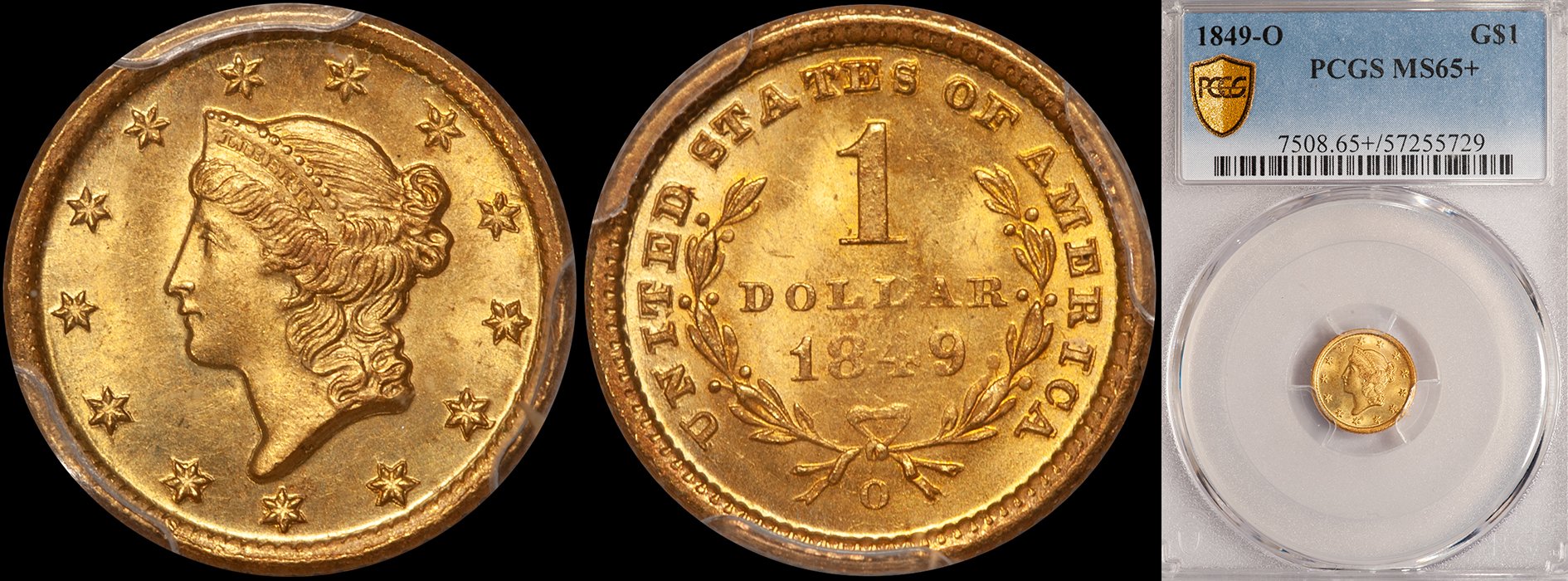A Quick One: The Type Collector's Dilemma
/I had an interesting conversation with a collector earlier this week about a subject with widespread interest. I think it bears repeating and it deserves some discussion. After reading this, I hope you will share some comments/thoughts below.
The collector I spoke with is working on a multiple-mint branch mint Liberty Head type set in the gold dollar, quarter eagle, and half eagle denominations. More specifically, he is seeking four Type One gold dollars (Charlotte, Dahlonega, New Orleans, and San Francisco), four Type Two gold dollars (the same four as just listed for Type One dollars), and three Type Three gold dollars (Charlotte, Dahlonega, and San Francisco).
The dilemma that I speak of is this: given an average budget of around $5,000 per coin, is it advisable to buy a common date in the best affordable grade, or a scarcer date at the same price point? A quick caveat: this dilemma does not exist, of course, for certain issues like Type Two dollars as coins like the 1855-O are one-year issues with no ability to select from a variety of dates.
Using these parameters, let’s look at three specific examples. For the first, we’ll look at Charlotte quarter eagles. This collector’s $5,000 budget will buy him a nice example of a common date; say an 1847-C or an 1858-C in AU55 or perhaps even AU58 if he is lucky. If he shoots for a rarity, he can buy a coin such as a Choice VF 1843-C Small Date or a nice EF example of the 1842-C or 1855-C.
1847-C $2.50 PCGS AU55
In this case, I’d go with the more common date in the higher grade. Charlotte quarter eagles are not an avidly collected series and, as a type example, an AU58 is going to have a much superior appearance to an EF40 to EF45.
What about in a more popular series like Dahlonega quarter eagles? This collector’s $5,000 budget will procure a nice AU55 to AU58 example of a common date such as an 1843-D, 1844-D,or 1857-D. A really rare D Mint quarter eagle such as an 1854-D, 1855-D, or an 1856-D is going to be far too expensive. As will a lower grade example of a “Tier Two” rarity such as an 1840-D, 1841-D, or 1842-D. But $5,000 will buy a nice AU50 to AU53 example of a scarcer date such as an 1849-D, 1850-D, or an 1851-D.
1850-D $2.50 NGC AU53
In this case, providing that the semi-key Dahlonega quarter eagle was a nice coin, I think it might make sense to go with the lower grade but significantly scarcer issue.
The third and final example uses a popular collector series: the No Motto New Orleans half eagle. There are only two dates (1844-O and 1854-O) which are semi-regularly available in AU58, and both would cost well below our collector’s $5,000 budget. Thus, I would suggest that he turn his attention to a scarcer issue such as the 1843-O Large Letters, the 1845-O, the 1846-O or the 1851-O in AU55; all of which should be buyable for around $5,000. But what if the collector gets the itch to employ a rarity within this series such as an 1842-O or an 1847-O?
1845-O $5.00 PCGS AU55 CAC
Given his budget, our collector will have to shoot for an Extremely Fine representative of the 1842-O and a nice Very Fine example of the 1847-O. Given the wear either of these will show—not to mention the near-impossibility of finding a really choice 1847-O half eagle for under $5,000—I would stay clear of these two issues as type coins.
Collecting by type is a matter of preference and there ultimately is no “right” or “wrong” answer for what goes in a set. The coolest type set I ever saw used impossible grade coins like the famous Eliasberg PCGS MS69 1845-O Dime as a representative of the Stars Obverse design; clearly overkill but oh so cool…
Do you have any questions about how to assemble the best possible type set for your budget? Please feel free to ask me via email at dwn@ont.com or call me during office hours at (214) 675-9897.























